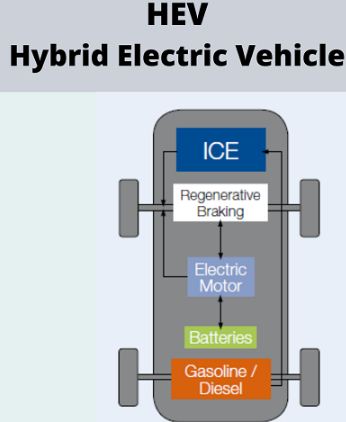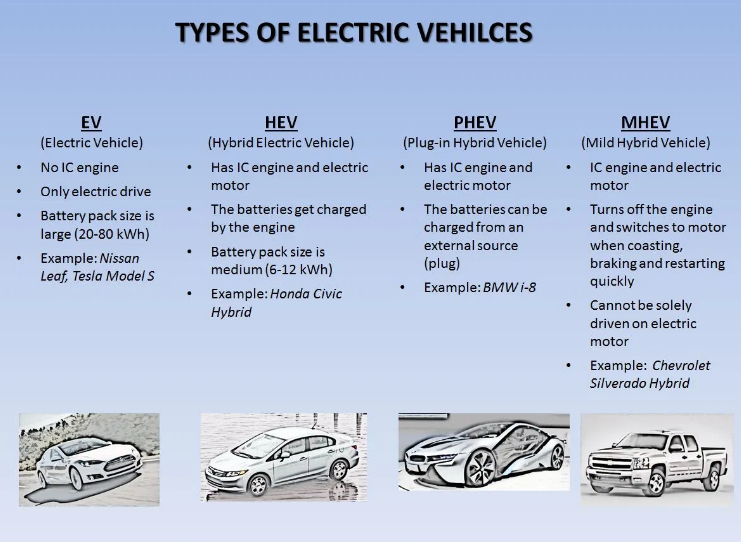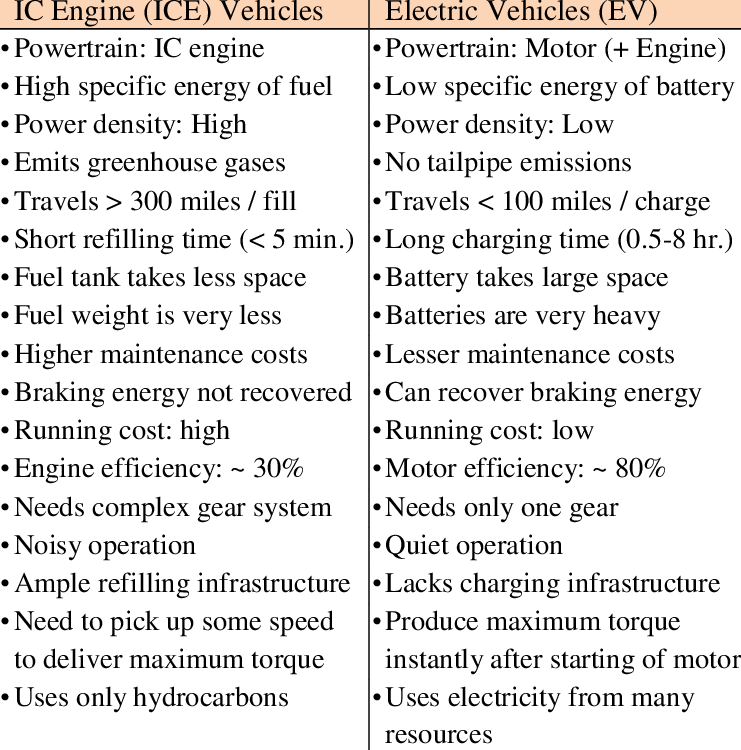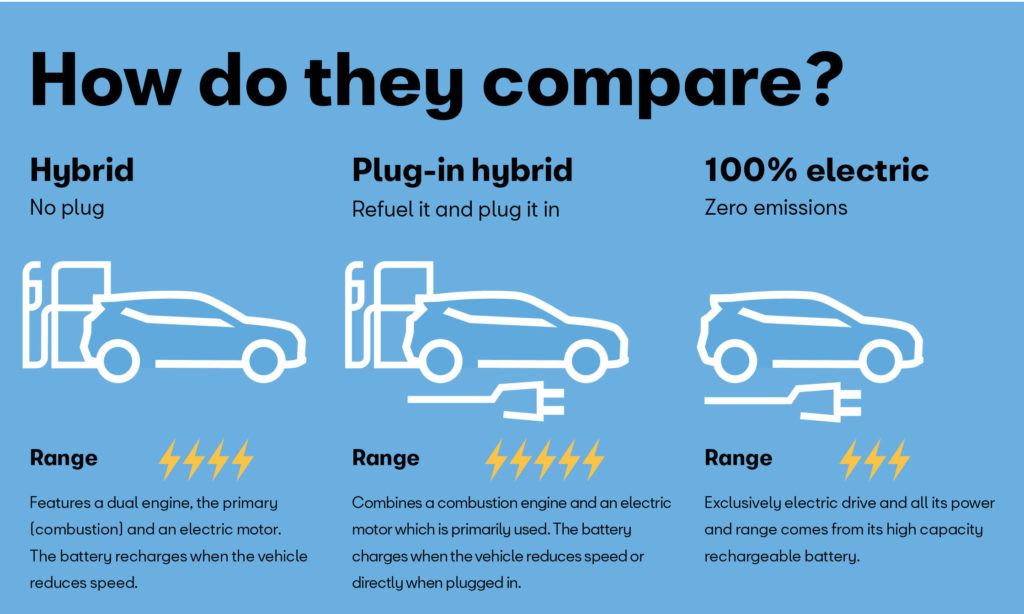Free Courses Sale ends Soon, Get It Now


Free Courses Sale ends Soon, Get It Now



Disclaimer: Copyright infringement not intended.
Context
Electric Vehicles:

What is a hybrid electric vehicle?
How do HEV powertrains work?
How does regenerative braking work?
What are the different types of HEVs?
Full HEV
Plug-in hybrid electric vehicles (PHEVs)
What are the main advantages of using hybrid technology?
What are some challenges of hybrid technology?


Pros
Cons
Pros
Cons
Pros
Cons
Pros
Cons
Read: https://www.iasgyan.in/daily-current-affairs/types-of-electric-vehicle-batteries
https://epaper.thehindu.com/Home/ShareArticle?OrgId=G5QA3KCA6.1&imageview=0
© 2024 iasgyan. All right reserved